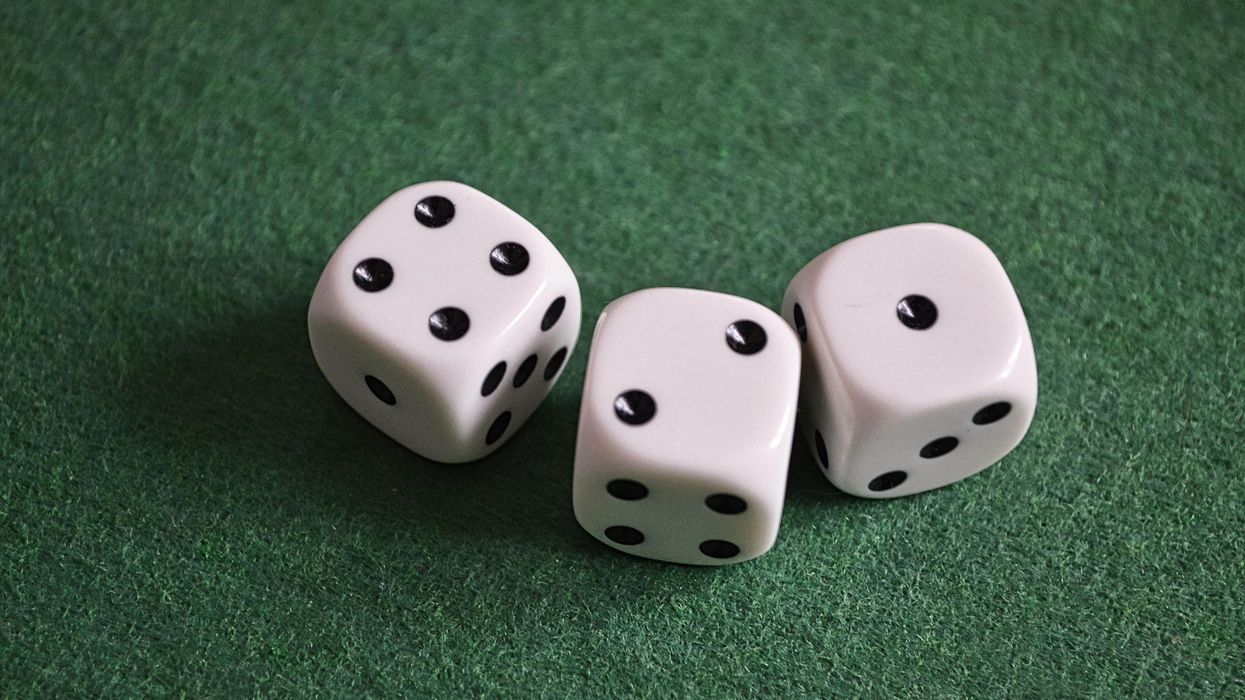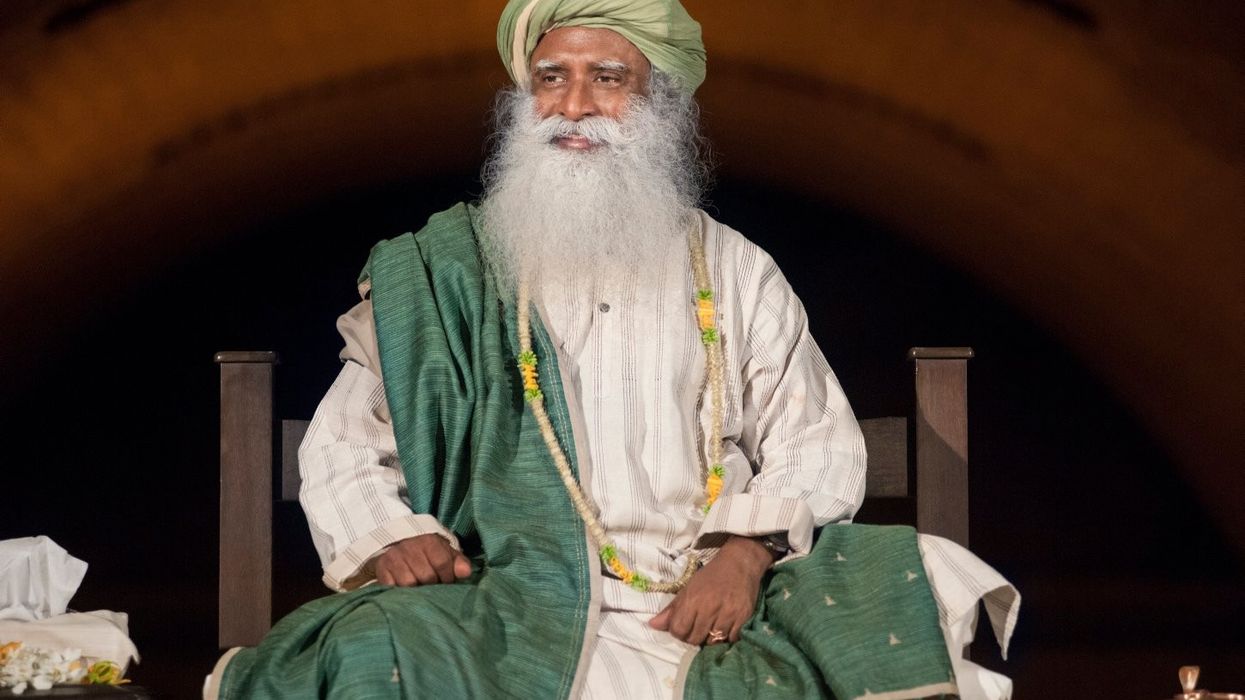Popular diabetes and weight loss medications like Ozempic and Wegovy have been linked with an increased risk of developing stomach paralysis, new studies have found.
Stomach paralysis, also known as gastroparesis, weakens the stomach muscles, leading to food staying in the main digestive organ for a long duration.
Wegovy is approved by the US Food and Drug Administration (FDA) for weight management, while Ozempic is an approved medication helping patients with type 2 diabetes manage blood sugar levels.
However, Ozempic is sometimes prescribed for weight loss, even though it is not FDA-approved for this purpose.
Both Wegovy and Ozempic are injections containing the protein semaglutide, which is similar to the hormone glucagon-like peptide-1 (GLP-1).
Released in the body in response to meal intake, GLP-1's main actions include promoting insulin production.
While these anti-diabetic and weight loss medications, known as GLP-1 receptor agonists or GLP-1 analogues, are known to cause gastrointestinal (GI) side effects such as nausea, vomiting and diarrhoea, new studies shows less common ones such as stomach paralysis (gastroparesis), ileus and acute pancreatitis to be occurring as well.
The studies were presented at Digestive Disease Week 2024, a conference conducted from May 18-21 in Washington DC.
The first study identified 185,000 patients with diabetes or obesity who were prescribed GLP-1 analogues between December 1, 2021, and November 30, 2022.
The second study assessed the risk of gastroparesis in patients with type 2 diabetes treated with GLP-1 receptor agonists (RA).
More than 336,000 patients were included in each of the two cohorts - one receiving the medication and the other not.
The third study, conducted by researchers at Mayo Clinic Minnesota, assessed the impact of GLP-1 RA on GI symptoms. Data of nearly 80,000 patients from the Mayo Clinic Platform who were prescribed the medication were included in this analysis. (PTI)












